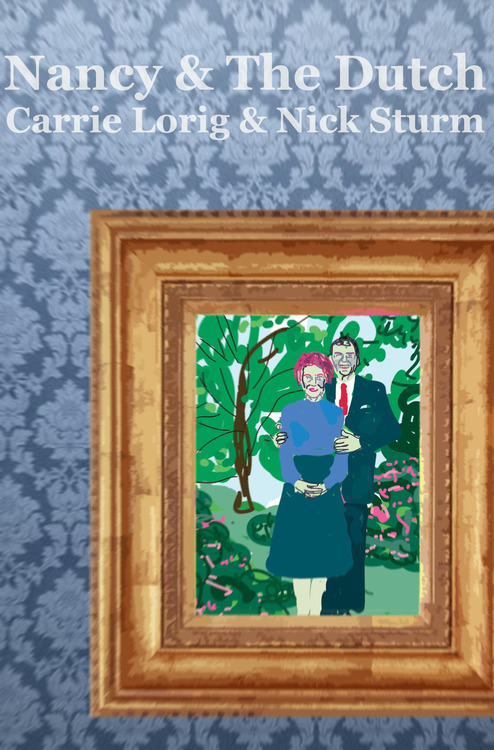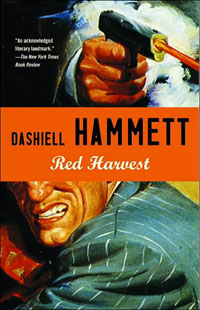 Red Harvest
Red Harvest
by Dashiell Hammett
Vintage, 1989
224 pages / $14 Buy from Amazon
We’re finished with another election cycle and it’s all same old, same old. For months we’ve been overrun by the expected crap, the lies, corruption, false promises, and general deception. While it might be nice to escape into something delightful, something by Eric Kraft or an imaginative dance like Italo Calvino’s The Baron In The Trees, if you want to read a book that stabs into the thick of the American political scene, then Dashiell Hammett’s first novel is what you need to get your claws on asap. It’s a novel that reminds you how unpleasant politics has always been. Plus, it’s got a lot of great zingers.
There’s a point when Dashiell Hammett’s Red Harvest stops being a detective story and turns into a blood bath. It’s at this point where the novel switches from being a regular tale of intrigue and personal conflict and turns into a masterful portrait of political corruption and violence. Halfway through, our man The Continental Op does a body count. “There’s been what?” he asks the devious dame Dinah Brand. “A dozen and half murders since I’ve been here.” He lists the dead and says, “That’s sixteen of them in less than a week, and more coming up.” The Continental Op copes the way they all used to. He gets drunk, takes some laudanum, and for an instant feels the rosiness of the world. He wakes up with another dead body on his hands. Another morning, another body, another hang-over. It’s a lesson in how any place or day can become a hell-trap. “If I don’t get away soon,” our man says, “I’ll be going blood-simple like the natives.”
Red Harvest is a great political novel because in the end its characters care about only one thing: power. There are no beliefs, no ideologies, no speeches. There’s just power. There are interpersonal squabbles over who killed whose brother or son, but these get forgotten in the struggle over who gets to control the quaint, ruined town of Personville, aka Poisonville. Our man The Continental Op is the only operator interested in salvaging a bit of justice from this wreckage. He sets the mobsters, police, and political head honcho up against each other and keeps prodding until more murders get committed. There’s the usual assortment of baddies and toughs, Pete the Finn, Lew Yard, Whisper, police chief Noonan, and Old Elihu, who’s the most vicious of them all and also The Continental Op’s employer.

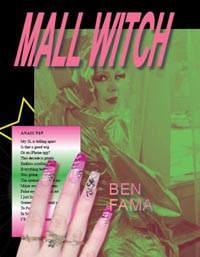
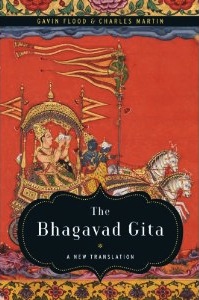 The Bhagavad Gita: A New Translation
The Bhagavad Gita: A New Translation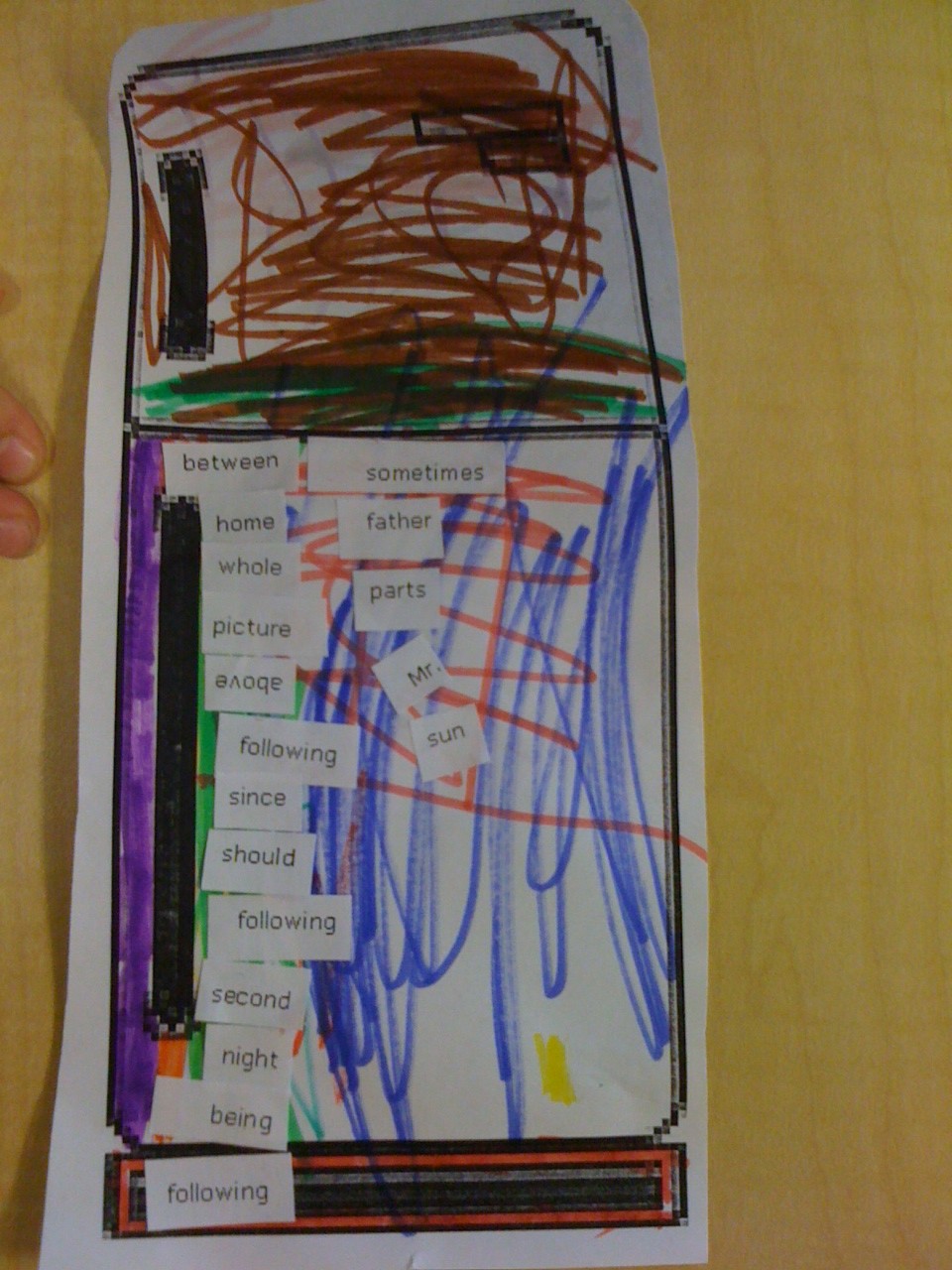
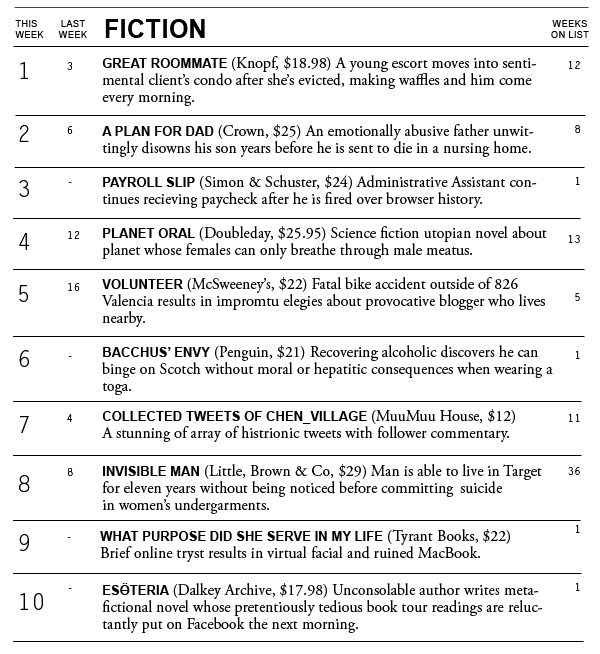
 Uncreative Writing
Uncreative Writing
